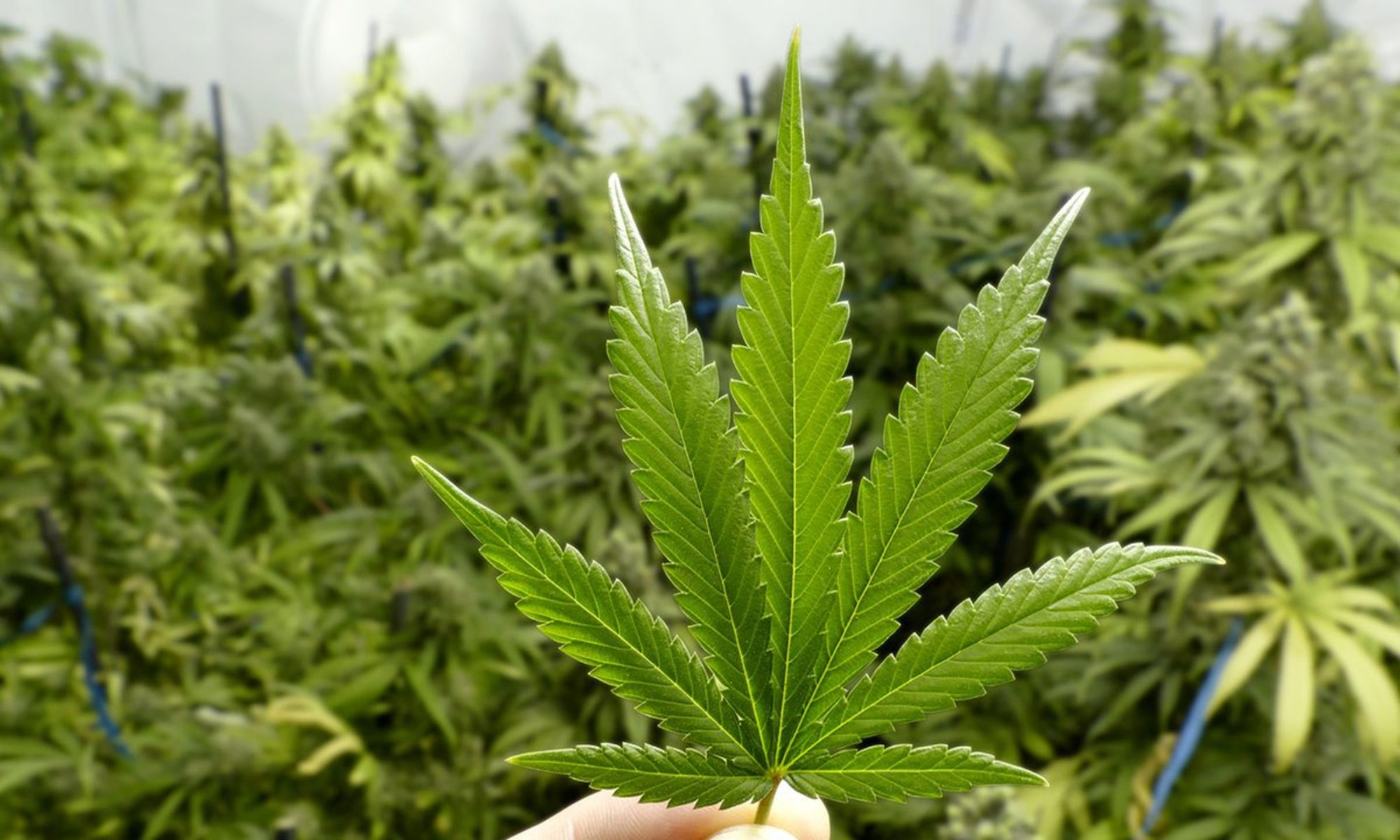Regular Cannabis seeds are all natural marijuana seeds which have not been genetically altered or chemically modified in any way. They are all-natural, bred by parents of both genders and produce about fifty percent female and fifty percent male offspring.

Despite the increased popularity of feminised marijuana seeds, most breeders still offer regular cannabis seeds. Regular seeds offer all the same genetics as their non-feminized counterparts and usually do a much better job of keeping the characteristics of each parent plant intact. The end result is an improved product with fewer side effects.
When choosing a regular cannabis seed, you want to be sure to choose a good variety. Selecting a weak or high quality strain can result in a poor crop. It is important to look at photos and descriptions before purchasing a seed or pot. A seed that has no leaves or flowers can be considered a beginner strain. High quality strains tend to grow taller and have longer, straighter stems.
Growing your seeds indoors is a good idea. It is easier to monitor them because they are smaller and you will also have the advantage of being able to control the conditions they are exposed to. In a greenhouse or an enclosed outdoor area, they should be placed in a temperature-controlled environment. Keep it well ventilated and try to keep the light source down when possible.
Do not allow the seed to be exposed to direct light for more than three days before harvesting. This prevents the seed from turning black. Once you have harvested, the seeds can be refrigerated or frozen for later use. Any left over seeds can be sown and planted the next time you are ready to start growing.
The proper way to store the seed is not as complicated as it sounds. Place them in a sealed plastic bag inside a dark, cool, dry place that is out of direct sunlight, preferably away from drafts.
You can store any number of cannabis seed in these ways. It will take about five or six weeks for seedlings to produce enough buds to harvest. {if you store them properly. This allows the plant to properly develop and make the most of their growth.
If you choose to grow your seeds indoors, be sure to provide plenty of room. You do not want the room to be too tight so that you will have to struggle to keep the room dark.
In a dark room, moisture will not accumulate. The moisture will evaporate slowly because the temperature of the room will remain constant.
The main thing to remember is that your indoor garden should be kept clean. Dirt and leaves from the plant should never be allowed to touch the air. Even if you have a misting system, it will not prevent leaves from collecting on the filter. The best option is to make sure that there are no leaves present.
Regular watering is also important. Just follow the manufacturer’s instructions and do not over water. This can damage the plant or result in mold or fungus.
One other option for maintaining the health of your seeds is to make your own organic compost. Composting your soil is easy to do with a little effort.
To create your own organic compost, put organic matter like coffee grounds, paper, sawdust, or dried grass clippings into a small container and add a few perlite to the mix. Cover the compost with mulch. Your soil should stay moist but not soaked.
Plant the seeds directly into the compost. Once the compost has finished developing, spread it on top of the bed. The plants will need to work hard to break down the material, but it will benefit you by giving your plants a healthy start.
This organic matter will help to improve the quality of your soil, which will in turn help to improve the health of your plants. The benefits of organic matter cannot be underestimated.
It will help to make sure that the nutrients in the organic matter are getting to the roots of the plants. because they will need them. A healthy root system means your plants will be healthier and be less likely to succumb to disease. poor soil erosion and pests.

